May 1, 2010
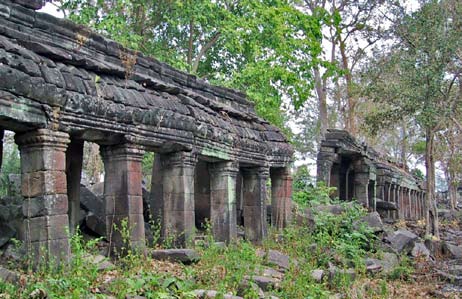
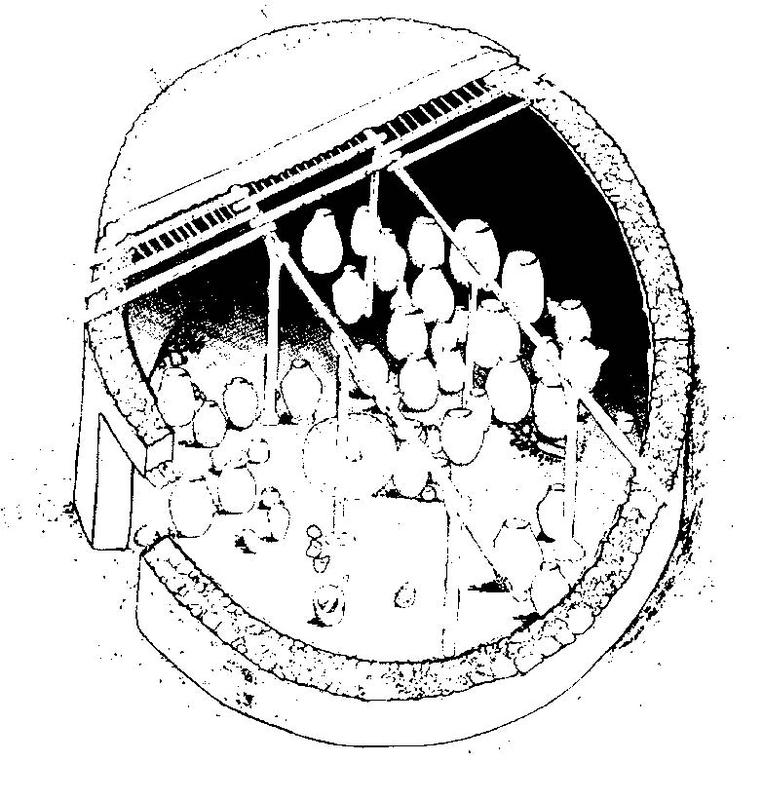
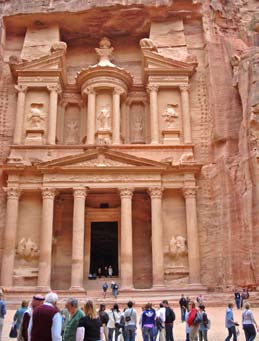
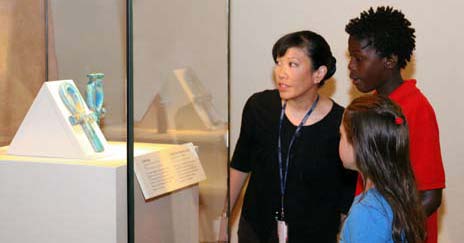
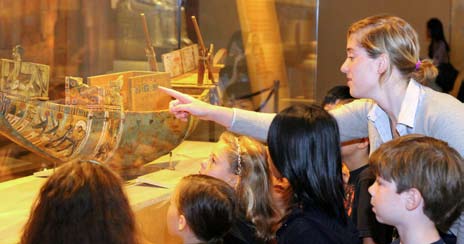
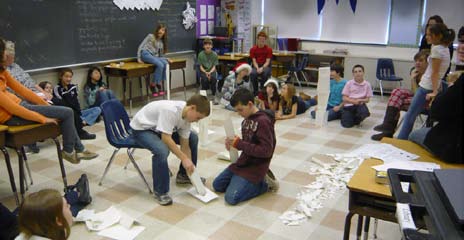
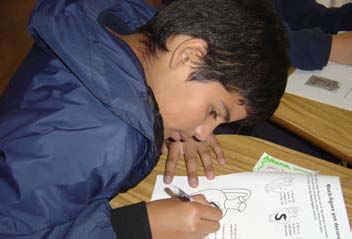
The AIA’s Site Preservation Program was created to safeguard ancient sites, educate people about the importance and need for preserving archaeological heritage, and involve local communities in the protection and management of sites in their area. The program’s first grants were awarded to the site of Assos in Turkey and the Easter Island Statue Project (featured in the Archaeology, Nov/Dec 2009, edition of “Dispatches”). In November 2009, new awards were made to innovative projects in Cyprus and Cambodia that go beyond site preservation and incorporate education, outreach, and community involvement.
Use of 3-D and computer animation technologies to complement the reconstruction of a 5,000-year-old roundhouse in western Cyprus will be funded by a one-year AIA Site Preservation Grant. The reconstruction is part of a larger project led by Lindy Crewe of the University of Manchester that seeks to illuminate the human experience in a single locality through time by investigating the nearly continuous inhabitation of Kissonerga Village from 10,000 years ago to the present. AIA President C. Brian Rose says, “This project is very exciting because it not only preserves the actual ruins, but allows visitors to immerse themselves more fully in prehistoric Cyprus using virtual reality so they can experience what life would have been like at that time.”
Prehistoric sites in Cyprus have often taken a back seat to the country’s spectacular classical remains, and their low visibility often makes them difficult to preserve as the island rapidly develops. By using the latest 3-D and animation technologies to create educational tools at Kissonerga, the project hopes to instill in both residents and visitors a greater appreciation for all periods of the human past in Cyprus. AIA funds will also support the filming of the physical reconstruction of the building and the creation of color 3-D computer imagery of the artifacts found in the house to give visitors a vibrant sense of the building’s use. Paul Rissman, AIA Site Preservation Committee Chair, notes, “Technology is playing a much more important role—not only in preserving our heritage—but in providing new ways for people to experience archaeological sites and learn about the past.”
The AIA is supporting a grassroots initiative at the 12th-century temple complex of Banteay Chhmar by awarding a Site Preservation Grant to Heritage Watch, a nonprofit organization dedicated to the preservation of Southeast Asia’s cultural heritage. Heritage Watch will institute a program that links the local community to the site through social and economic development. The Heritage Watch program is in response to funding from the Asian Development Bank to extensively improve roads in remote areas of northwest Cambodia, near the border with Thailand. Banteay Chhmar is expected to become a major attraction for tourists traveling from Thailand to Cambodia’s major archaeological attraction, Angkor.
The road and development of Banteay Chhmar for tourism will provide economic opportunities for the region, but may endanger other archaeological sites that have seen little tourist activity. Often, the expansion of tourism in developing nations fails to address the needs of residents, who see little profit from archaeological sites and thus do not feel compelled to protect or maintain them. Locals sometimes turn to looting sites to support themselves. As a result, sites are destroyed forever, tourist numbers decline, and area residents still lack means of long-term support.
The Banteay Chhmar program will ensure that the benefits of tourism development are filtered back into the local community and distributed among area stakeholders. It will implement specialized training in English and equip residents to serve as tour guides. Heritage Watch will institute outreach programs to increase local awareness of Banteay Chhmar’s cultural and economic significance to promote the long-term protection it. See www.archaeological.org/sitepreservation for more.
The AIA has created an award for best practices in site preservation to recognize groups doing exemplary work in this field. Each year, projects will be selected and presented with awards of up to $5,000 to further their activities and programs. “By recognizing exceptional projects and publicizing their methods and techniques we will inspire other professionals in the field to adopt these best practices for their own sites,” says Ben Thomas, AIA Director of Programs. “We plan to present the first awards at the 2011 AIA Annual Meeting in San Antonio.”
With the expansion of global tourism and an increasing interest in out-of-the-ordinary travel experiences, visits to archaeological sites and historical places have risen significantly in the last few years. But changes needed to accommodate increased traffic through fragile and irreplaceable archaeological sites have not always been made.
To address this situation and to inform tourists, tour operators, and tour guides about the steps they could take to minimize their impact on archaeological sites, the Adventure Travel Trade Association (ATTA)—a membership organization of more than 500 tour operators—and the AIA have worked together to create guidelines for visiting archaeological sites and for leading tours to them. ATTA and AIA are both committed to educating travelers. ATTA seeks to professionalize the tourism industry and to help travelers become more sensitive to cultural heritage as they journey around the world. Since its inception in 1879, the AIA has worked diligently to safeguard the world’s archaeological heritage. The new AIA-ATTA guidelines are one of our shared efforts to protect and preserve global cultural heritage.
While countries have laws to protect ancient sites, and there are international agreements to achieve this same goal, the resources and will to enforce preservation laws are not always sufficient. So the burden—in our eyes the responsibility and privilege—of protecting ancient sites and cultural monu- ments falls to the tour organizers and tourists. We can all make a difference, through ATTA, AIA, or as individuals, by informing ourselves about proper behavior at sites, by talking to friends, family and colleagues about these issues, and by reporting abuses.
As archaeological tourism grows, we all have to work hard to ensure that ancient sites and monuments will be there for future generations to enjoy. This can be done through proper site management by those responsible for the maintenance and upkeep of sites and through adherence to proper practices by tour operators, tour guides, and tourists. The AIA-ATTA guidelines can be downloaded at www.archaeological.org/sitepreservation.
Three thousand years after his death, King Tut still draws crowds. The story of his discovery, the mystery sur- rounding his death, and the amazing treasures uncovered in his tomb resonate with the public today just as they did in 1922 when Howard Carter first brought the tomb to light. Currently, crowds are lining up to see Tutankhamun and the Golden Age of the Pharaohs, which includes 50 artifacts from King Tut’s tomb and 80 more objects from the tombs of 18th Dynasty royals and nobles. The show finished its run at San Francisco’s de Young Museum at the end of March and is now at the Discovery Times Square Exposition in New York City. Thanks to the generosity of lead education patron and AIA trustee Doug Tilden, nearly 50,000 San Francisco public school children saw the exhibit at the de Young. Starting in the first week of October school groups were given special tours on Mondays, a day on which the museum is usually closed.
The de Young’s education staff, several Bay Area educators, and the AIA created lesson plans to prepare students and their teachers for their visit to the museum. The lessons supplemented the information presented in the exhibit and provided background on daily life in Egypt 3,000 years ago, royal burial practices, ancient Egyptian foreign trade, site preservation and more. The de Young Museum’s docents were given special training so that student tours reflected the content of the provided lesson plans.
Teachers and educators were unanimous in their praise for both the exhibition and the supporting materials, and several noted that their students were surprised to see similarities between their own lives and the lives of ancient Egyptians. Bay Area social studies content specialist Stan Pesick praised the exhibition and the lesson plans for providing students with an interesting and interactive way to study aspects of ancient Egyptian life. The experience, he said, helped students develop historical empathy and allowed them to see the past through the eyes of ancient people.
The AIA worked with the Discovery Times Square Exposition to modify the California lesson plans for use with New York State curriculum standards. The Archaeological Institute of America is grateful to Doug Tilden for forging the relationship with the de Young Museum that enabled AIA to extend its mission to promote a vivid and informed public interest in past cultures to tens of thousands of school children in San Francisco and New York.
The AIA’s 2nd Annual Gala will be held on April 28th, 2010, at Guastavino’s, situated in the historic arcade underneath the 59th Street Bridge. The event will honor Martha and Artemis Joukowsky with the Bandelier Award for Public Service to Archaeology and will celebrate the many wonders of Peru. In addition to exceptional travel experiences to top destinations around the globe, gala guests will have the opportunity to raise their paddles to support the direct preservation of ancient sites as part of the live auction portion of the evening. Visit us at www.archaeological.org/gala to purchase your gala tickets today and to join the AIA in discovering a little piece of Peru in New York City.
The AIA will host the second archaeologically themed Gala of 2010 this Fall in San Francisco. Please visit the AIA website this summer for details www.archaeological.org.
The dedicated and enthusiastic members of the AIA’s 107 local societies across North America and abroad are one of the Institute’s greatest strengths. They advance the AIA’s mission through public programs and activities that inform and educate thousands of people about archaeology, emphasizing the importance of cultural heritage and the need for the preservation of the past.
In 2008, the AIA expanded an existing grant program to provide financial support to societies for their public outreach and education programs. The first round of grants was awarded to 11 societies last November. The following summaries of the winning programs reflect the energy, innovation, and commitment of our society members.
The Bozeman Society: building a scale mock-up of an Irish passage tomb and teaching students to align it with the solstice sun using only the technologies available to the people of ancient Ireland.
The Central Arizona Society: presenting “Apples + Archaeology,” a program for K-12 students in the Phoenix area, with professors from several local colleges donating their time to reach out to these children.
The Chicago Society, in collaboration with the University of Chicago’s Oriental Institute: hosting “Who Owns the Past?” a forum designed to explore issues of archaeology and politics.
The Cincinnati Society: offering “Bringing the Ancient World to You,” a program in which graduate students and faculty from the University of Cincinnati classics department will give local school teachers in-class presentations on subjects ranging from Homer to ancient urban planning.
The Gainesville Society: organizing a lecture entitled “Ships and Shipwrecks in Ancient Egypt.”
The Los Angeles County Society: developing a Greek and Roman Archaeology Service Learning Project, in which undergraduates will present lessons to seventh-grade students in underserved areas.
The Lubbock Society: advertising events on a local radio station to raise the society’s profile and attract more prospective members.
The Milwaukee Society, in collaboration with the Milwaukee Public Museum: sponsoring a two- day Archaeology Fair for school groups and the general public. More than 1,000 people attended the event.
The New Orleans Society, with the Gallier House Museum: presenting a hands-on program about archaeology and the history of nineteenth-century New Orleans for children.
The St. Louis Society: compiling and transcribing the archive documenting its 100-year history and preparing it for publication.
The Western Illinois Society: presenting a keynote lecture to kick off a year of programming focusing on the archaeology of western Illinois.
These projects show the diversity of archaeology and the varied interests of our societies and their programs aimed at addressing many audiences, age groups,and interest levels.To find out more about these and other exciting society programs and to find out how you can participate, go to www.archaeological.org/societies.